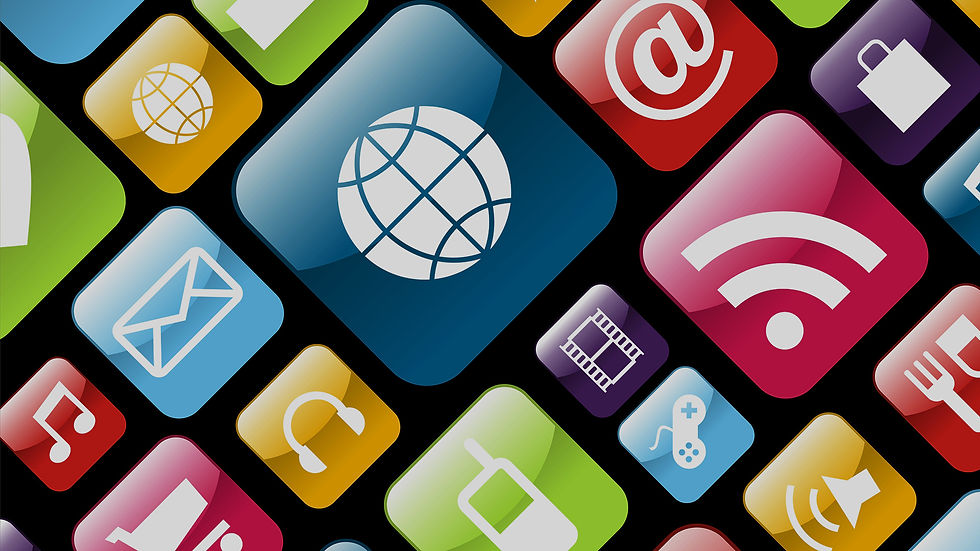Report: Most users will need multiple exposures to an app before they download
- Fahad H

- Nov 11, 2016
- 2 min read

How does brand impact app installs? That’s a question TUNE sought to answer with a number of related consumer and app-download studies.
In preparing a report entitled, “How Brand Impacts App Install Volume,” TUNE drew upon several studies conducted between September 2015 and June 2016. These investigations included a mix of US consumer survey data and app store data covering millions of downloads and their metadata.
The report identifies a number of considerations consumers say they use in deciding whether to download an app. Those factors are the following in order of priority:
App ratings & reviews
App descriptions
App video
App title
App maker/publisher app screenshots
App icon
Interestingly, “app maker” (brand) is not highly rated on the list. Yet, according to TUNE download data, brand is highly correlated with app installs. It’s also going to be a tiebreaker between apps, other things being equal.
The report concludes, “Brand has a significant impact on app install volume. Top publishers who have large online and social footprints see 100 to 1,000x the app install volumes of top publishers who do not.” However, the effect may not operate entirely at a conscious level, as the list above suggests.
There’s an interesting and more nuanced story here, which I discovered in talking with TUNE’s mobile economist, John Koetsier. According to Koetsier, most consumers will have had multiple exposures to an app before it’s downloaded (see below). He also said, interestingly, that 90 percent of app installs are “organic.”
In many cases, these organic downloads are being influenced by prior ad exposures. Indeed, building awareness and familiarity with an app is critical before publishers can generally expect a response. TUNE points out that “70 percent of people have seen or heard of an app at least once prior to installing it. For almost a third, they’ve seen or heard about it more than three times. That’s especially true for women.”

All this has implications for developers’ media strategies and ROI calculations. Publishers and developers need a more comprehensive media strategy that includes paid and organic. Relying entirely on app install ads is not going to work as well, according to Koetsier, as using them in combination with social, search and other tactics. By the same token, attribution becomes something of a challenge.
Accordingly, if you’re attributing an app download to a the immediate source of the download, whether it be the app store or an ad, that’s probably not accurately capturing what’s going on in the background. This is a version of the “last click” attribution problem in digital marketing more generally. Developers need to zoom out and look at how all their media and content are working in combination to support downloads.
On the question of how smaller publishers might compete with larger brands, Koetsier said that familiarity and awareness are critical variables and can sometimes trump broader brand recognition. Multiple exposures and touch points can build sufficient familiarity for consumers to give them confidence to download an app, even if the brand in question is less-known or initially unknown.
Ultimately, success breeds further success. According to TUNE, the top 10 apps (in their categories) account for more than 80 percent of iOS app store installs and 80 percent of installs on Google Play.








Comments